Building a thriving business while fine-tuning your coaching toolkit, creating materials, and growing your client base takes a lot of time and hard work. For the female entrepreneur, it can take upwards of three years to build a success and solid coaching practice or business. There are a lot of competing factors; some are internal and others are external. A major contributor to burnout for female entrepreneurs is failing to get proper support or being afraid to ask for help.
For many women, the time spent building their business can be fun, magical, intense, and exhausting. Often, after leaving a certification program or obtaining business training, women are filled to the brim with presentation ideas, plans for women’s retreats, coaching offerings, and excitement about helping people. They get their websites up and running. They order business cards to handout to current and new contacts met during networking. They feel a fresh and hyper urgency to start working, supporting people, and making money. They are full of energy that seems never-ending and they cannot believe they are fully in charge of their work life. It is refreshing and dreamlike at this stage of business development.
At the same time, there is a lot to learn and because female entrepreneurs want to get out there and work, they consciously and sometimes unconsciously want to skip the steps of building a solid foundation for their coaching practice or business. They research and observe what other established business women are doing and will try to replicate a course, program, social media campaign, or anything else appealing that an established business person has going on. The disappointment when the replication efforts fall flat can be very defeating. She may wonder why things are harder than she anticipated. She may begin to resent the process of getting her name out there when it appears effortless for a colleague

or established business owner. She may start to doubt the reasons she wanted to launch her business and consciously or unconsciously create mental obstacles that lead her to the black hole of entrepreneurial burnout.
With anything worth doing, it is important to remember that it takes time. The time it takes each person will vary and that is OK. Using another person’s success as a metric for one’s own success is a key ingredient that will have a new entrepreneur swimming in burnout soup before they can excuse themselves from the “do I measure up” table.
If you find yourself moving towards burnout, try the steps:
Step 1:
List 5 things you thought about doing five years ago. Which of the things did you do/accomplish? Why?
Step 2:
When you think about your future in [list time frame], what five things do you want to see in it? How would you describe your mood when these five things show up? What would you be feeling on a daily basis when these five things are achieved?
Step 3:
When you are predicting how you would achieve these five things in [list time frame], how are you structuring your time on a daily basis? What resources are readily available to support you? What systems or strategies are you using to keep you focused and motivated?
Step 4:
In looking at the mission statement for your life and transition, do you need to revise your personal or professional mission statement? Is your vision/purpose still clear to you? Are there any driving concepts that you need to add or omit?
Have you ever experienced burnout while building your new business or while working toward a goal? How did you recognize burnout? What did you do to take care of yourself?
Are you looking for practical tips and strategies to support you in your personal life? Do you want tools to enhance your career, leadership skills, or your business? Get Kanesha’s weekly eLetter delivered directly to your inbox. Each week you will be given access to impactful tools that will inspire and energize you.




















